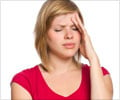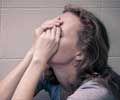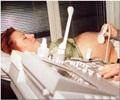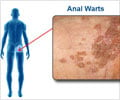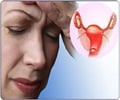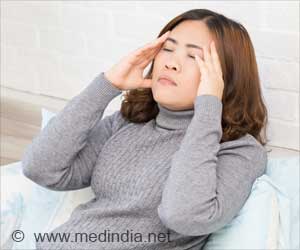The rate of adolescents reporting a recent bout of clinical depression grew by 37% over the decade ending in 2014, suggested a new study.
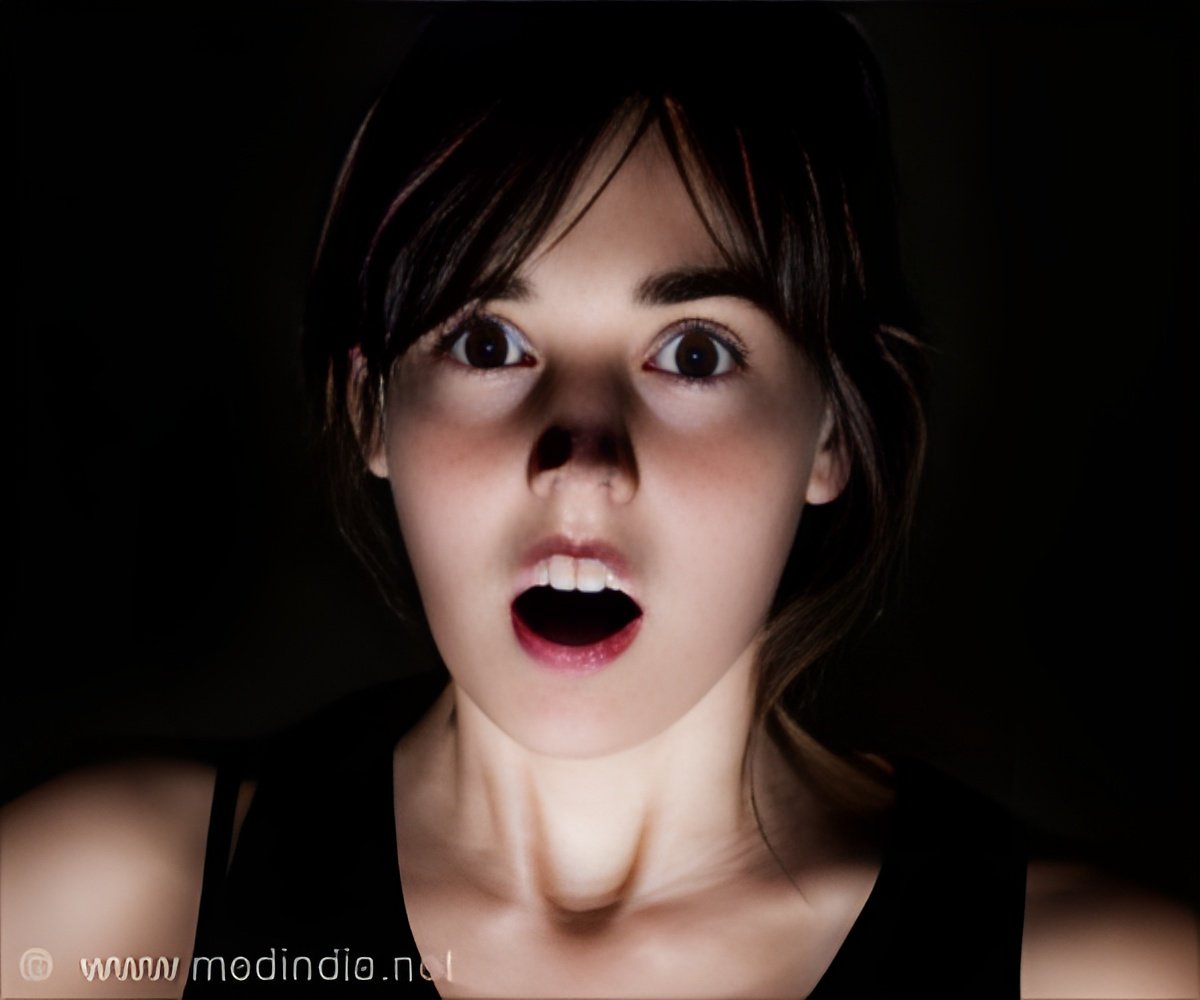
‘The rate of adolescents reporting a recent bout of clinical depression grew by 37% over the decade ending in 2014, with one in six girls reporting an episode in the past year.’





The findings, published online in the journal Pediatrics, highlight a need to focus on the mental well-being of young people and match those in peril with mental health professionals."This shows us there are a growing number of untreated adolescents with depression and that we are making few inroads in getting mental health care to this population," says study leader Ramin Mojtabai, a professor in the Department of Mental Health at the Bloomberg School. "It is imperative that we find ways to reach these teenagers and help them manage their depression."
Suicide rates have been increasing in recent years, particularly among adolescent girls and young women. The Centers for Disease Control and Prevention in November 2016 reported that suicide rates among American middle school students - those aged 10 to 14 years - were higher than rates of death from motor vehicle crashes in that age group.
For the study, the researchers analyzed data from the 2005 to 2014 National Surveys on Drug Use and Health on adolescents and young adults to examine trends in "major depressive episodes" over the previous year.
Overall, 176,245 adolescents aged 12 to 17 and 180,459 adults aged 18 to 25 were involved in the annual study between 2005 and 2014. Participants were told about symptoms of depression and were asked whether they had experienced them in the prior year. In 2005, 8.7% of adolescents reported major depressive episodes in the past year; the figure was 11.3% in 2014. The percentage had remained relatively steady from 2005 to 2011, but grew from 2012 through 2014.
Advertisement
The findings were based only on self-reporting, not on clinical diagnoses. The researchers controlled for substance abuse and socioeconomic factors.
Advertisement
The increase in some treatment could be related to the expansion of health insurance under the Affordable Care Act and mental health parity legislation, though the future of health insurance expansion is in jeopardy following the recent election of a new U.S. President.
The researchers say it is unclear what is driving the rise in major depressive episodes, particularly among girls. They say adolescent girls may have been exposed to a greater degree of depression risk factors in recent years. Cyberbullying, for example, may have increased more in girls, as studies have shown that they use mobile phones more frequently and intensively than boys and problematic mobile phone use among young people has been linked to depressed mood.
The results coincided with a major economic downturn, however, there has not been an increase in the prevalence of clinical depression among adults over the period and this study found no increase among those age 21 to 25.
"The growing number of depressed adolescents and young adults who do not receive any mental health treatment calls for renewed outreach efforts, especially in school and college health centers, counseling services and pediatric practices, where many of the untreated adolescents and adults with depression may be detected and managed," Mojtabai says.
Source-Eurekalert



